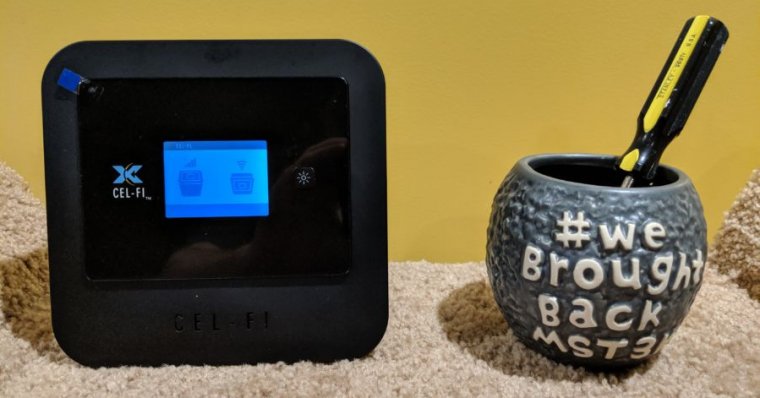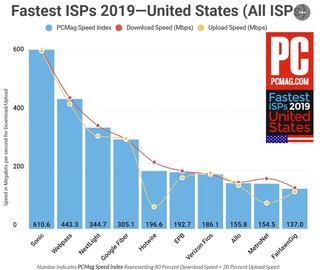Interesting article that I wanted to share:
So we’ve noted a few times now that the rise of streaming video competitors is indisputably a good thing. Numerous new streaming alternatives have driven competition to an antiquated cable TV sector that has long been plagued by apathy, high rates, and comically-bad customer service. That’s long overdue and a positive thing overall, as streaming customer satisfaction scores suggest.
But as the sector matures, there’s a looming problem it seems oblivious to.
Increasingly, companies are pulling their content off central repositories like Hulu and Netflix, and making them exclusive to their own streaming platforms, forcing consumers to subscribe to more and more streaming services if they want to get all the content they’re looking for. AT&T, for example, will soon make all of its owned content, like Friends, exclusive to its looming new streaming platform. Disney, similarly, has been pulling its content off of Netflix and Hulu to ensure it’s exclusive to its own, looming Disney+ streaming service that arrives next year.
This week, Comcast noted that it would soon be pulling The Office from Netflix, making it exclusive to its own streaming service in 2021:
By itself that’s not a big deal. You can go buy the entire DVD box set of the Office for $50 on Amazon. But cumulatively, over the next few years, the sector risks creating so many exclusive silos that it begins to frustrate and annoy customers forced to shell out $8-$15 per month for 20 different services. Studies suggest that nearly every broadcaster will launch their own streaming service by 2022. And they all want their content exclusive to their own platform:
"Want to watch the new Star Trek? You’ll need to pay $6 a month for CBS All Access. Want to watch Game Of Thrones? That’s $15 per month for HBO. Stranger Things? That’s $9 to $16 for Netflix. The Office? $15 to Comcast. Fleabag? Another $9 to Amazon, please. The Handmaid’s Tale? $6 to Hulu; $12 if you don’t want ads."
The result, as one Deloitte study called it, is "subscription fatigue." Again, superficially, folks could argue that this isn’t a big deal because consumers can hunt and peck, mixing and matching different subscriptions and cancelling and signing up to new ones to build their perfect package. But if you ever tried to cancel AOL during its heyday, or say, tried to cancel a Wall Street Journal digital subscription online, it should be obvious that as markets mature companies make it a pain in the ass to actually cancel and change services. There’s really no reason to think this won’t happen in streaming as the competition heats up, they’ve nabbed their desired market share, and the focus shifts to retaining existing customers.
And here’s where net neutrality and telecom merger mania comes in. If you’re AT&T Time Warner or Comcast NBC Universal, you’ve got significant advantages in this race. One, you own both the conduit these services have to travel over, and you own much of the content competitors need to compete with you. And as we’ve already seen, these companies aren’t shy about exploiting this advantage. AT&T, for example, only imposes usage caps on its broadband customers if they use a competitor’s service. But if you use AT&T’s streaming services, those arbitrary and unnecessary surcharges mysteriously disappear. Similarly AT&T offers discounts (like HBO for free or just $5) if you use AT&T’s wireless services.
When you’re getting telecom discounts tied to subscribing to AT&T (or Comcast’s, or Verizon’s) streaming service, which service do you think you’re going to cancel first? And with the death of net neutrality, limited broadband competition, and folks like Ajit Pai being a mindless rubber stamp to industry, who exactly do you think will stop incumbent ISPs from exploiting this advantage anti-competitively? Again, there might be competition in streaming, but if there’s no competition in broadband, and there’s rampant regulatory capture, you’re probably gonna have some market headaches.
Ultimately, history has shown repeatedly that when consumers can’t get the content they want easily, cheaply, and quickly, they’ll resort to piracy.
Admitting this fact isn’t condoning the behavior, it’s just stating a fact. There’s some early anecdotal evidence this is already happening, with BitTorrent usage seeing a notable uptick in recent years as it has gotten more and more cumbersome for users to identify which service holds the rights to the content they’re looking for. In this case the telecom sector still wins, because the arbitrary and technically unnecessary usage caps and overage fees still net them money. You’ll either subscribe to an ISP’s own streaming services, or you’ll get penalized for piracy or using a competitor. Comcast and AT&T win either way.
Again, none of this is to say that the rise of streaming competition is a bad thing. Just that there’s going to be some growing pains over the next 5 years. Growing pains that the industry isn’t particularly keyed into because they’re all mindlessly running head down to the trough. And those that do realize that the rise of exclusivity will lead to piracy probably figure they’ll cross that bridge when they come to it. And when they do get to that bridge and piracy rates soar, history suggests they’ll probably try to blame everything but their own behavior for it.
Ultimately, it seems likely that in 5-10 years, even after the weaker options have been shaken out via competition, consumers will still desire some kind of central subscription repository that makes navigating all of these choices and finding content easy. Whoever controls that repository will control the kingdom. And with the pieces on the chess board as they are now, it’s pretty damn likely that telecom could cheat their way to the throne. And should telecom be left in charge of what the future of TV looks like, you’re likely going to find that future looks (and is priced) a lot like the cable TV options we fought so hard to innovate away from in the first place.
Permalink | Comments | Email This Story
via Techdirt https://ift.tt/1n7Sa38

